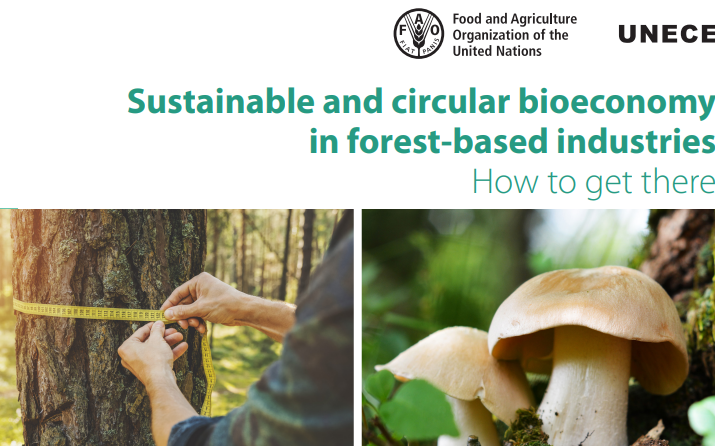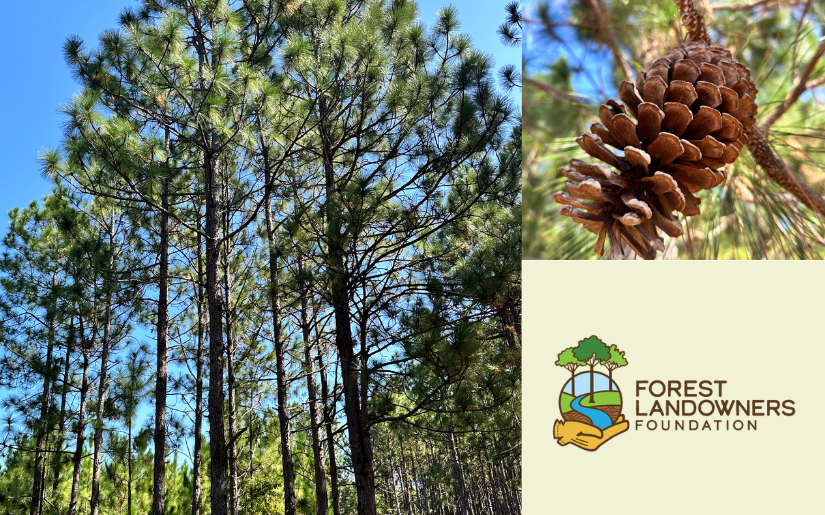In 2013, the US Green Building Council (USGBC) released the latest version of the LEED green building rating program, LEED v4. Described as a "quantum leap," LEED v4 is said to speed up the credit submittal process for design teams and encourage building owners to better understand building maintenance and operation. New standards and credit categories have been developed as part of LEED v4, with the list of standards expanded to include data centers, warehouses and distribution centers, hospitality facilities, existing schools, existing retail, and mid-rise residential projects. Two credit categories – Location and Transportation, and Integrative Process – were also added.
Other changes in LEED v4 include introduction of prerequisites requiring metering of energy and water use, and establishment of specific energy performance requirements. In addition, minimum point floors (or requirements) were established in the Energy and Atmosphere and Location and Transportation credit categories.
The most substantial changes in the LEED program are to the Materials and Resources credit category. Brand new in LEED v4 are optional credits related to life cycle assessment (LCA), LCA-based environmental product declarations (EPDs), material ingredient verification, and transparent reporting of raw materials sourcing. In addition, the list of environmentally-preferable products has been redrawn so as to narrow the definition of locally sourced products, exclude rapidly renewable materials, and add a new bio-based products category.
This report examines three of the standards within LEED v4: 1) Building Design and Construction: New Construction and Major Renovation, 2) Interior Design and Construction: Commercial Interiors, and 3) Building Design and Construction: Multifamily Midrise. For all of these standards, changes to the Materials and Resources and Indoor Environmental categories are identified, and ways in which changes may impact the use of wood in building construction are discussed.
- Lead AuthorBowyer
- DateAugust 2014
- CategoryBuilding, Business Development, Certification, Consumption, Economics, Energy, Environmental, Forest products, Management
- Project FileDownload


.png)



.png)